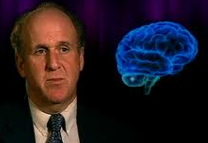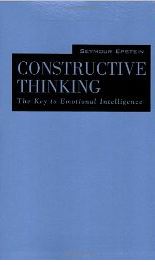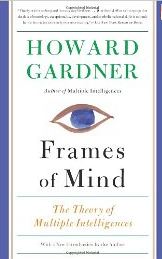Developing accurate inferences about others’ expectations and possible actions is essential for successful social interactions.
The brain’s process to predict others’ thoughts and behaviors was investigated by University College London’s Demis Hassabis, with R. Nathan Spreng of Cornell University, Vrije Universiteit’s Andrei A. Rusu, Harvard’s Clifford A. Robbins and Daniel Schacter, and Raymond A. Mar of York University.
Volunteers read about four fictional protagonists’ personality traits, then imagined each character’s behaviors in different situations.
Afterward, participants underwent fMRI brain scans.
Medial prefrontal cortex activity in the brain was associated with accurate inferences about characters’ personality traits and behaviors, demonstrating that “brain activity can reveal whom someone is thinking about.”
Lateral temporal cingulate cortex activity occurred when participants accurately determined protagonists’ degree of agreeableness, and activity in the posterior cingulate cortex activity was associated with correct judgments of protagonists’ degree of extraversion.
Brain regions responsible for processing inferences of personality traits and behaviors are functionally coupled with areas that differentiate people’s identities, found Hassabis’s group.
This means that specific brain regions “code” inferred personality traits in others and synthesize these characteristics into “personality models” that represent individuals and their likely behaviors in new situations.
People can even infer others’ emotional intentions through unseen touch, reported Matthew Hertenstein with DePauw University colleagues Brittany Bulleit and Ariane Jaskolka, UC Berkeley’s Dacher Keltner and Betsy App of University of Denver.
Two hundred volunteers in the United States and Spain accurately perceived anger, fear, disgust, love, gratitude, and sympathy through a stranger touch on the participants’ arms outside their view.
However, they were not able to accurately identify touch signaling happiness, sadness, surprise, embarrassment, envy, or pride.

Dacher Keltner
Observers also accurately identified emotions conveyed by touchers’ “tactile displays” toward paired volunteers.
Gian Gonzaga of UCLA collaborated with Keltner and University of Wisconsin’s Daniel Ward to investigate male-female communication pairs’ ability to infer emotion.
The researchers attributed high power to one volunteer in a communication pair, then compared interactions when male-female pairs were in an equal-power condition.
Participants who were ascribed high power showed behavioral disinhibition, and made less accurate judgments of the communication partner’s emotion.
In contrast, individuals who were assigned the low power role demonstrated more behavioral inhibition and reported greater self-consciousness and anxiety.
Men in engaged in power behaviours even when female participants were attributed equal power.
In contrast, men displayed fewer power behaviours when both participants were men.
These studies confirm power differentials between women and men, and that male-female pairs misinterpreted each other’s attempts to convey emotions (“emotion blindness” ).
Male pairs accurately detected anger, but men did not understand women’s attempts to convey anger in male-female pairs.
Likewise, women did not accurately detect men’s attempts to convey compassion, but female pairs accurately perceived expressions of happiness.
Sympathy was accurately communicated only when at least one woman was in the volunteer pair.
This demonstrates gender-related limitations to accurate empathy and emotionally intelligent interpersonal inferences.
-*How do you develop accurate inferences about others’ opinions and behaviors?
-*How do you revise your hypotheses about others’ personalities?
RELATED POSTS:
- Reduce “Affective Forecasting” Errors with a Geographic Cure?
- Developing a SMARTER Mindset to increase Resilience, Emotional Intelligence – Part 1
- Developing a SMARTER Mindset for Resilience, Emotional Intelligence – Part 2
©Kathryn Welds



























 Executives and individual contributors who had more of “The Big 8” competencies also had more of “Career Staller and Stopper” behaviors.
Executives and individual contributors who had more of “The Big 8” competencies also had more of “Career Staller and Stopper” behaviors.

















































 He argues that contemporary world economic conditions require six conceptual, subjective, holistic “senses” to transform abundant information into meaningful and actionable implications:
He argues that contemporary world economic conditions require six conceptual, subjective, holistic “senses” to transform abundant information into meaningful and actionable implications:



